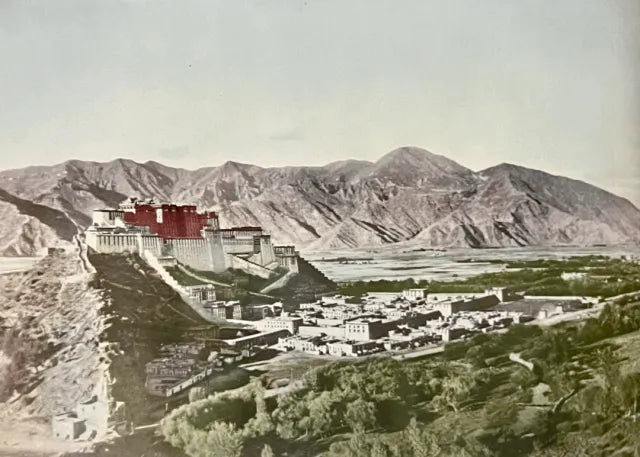
The outline of Tibet 70 years ago.

Jokhang Temple Statue of Shakyamuni Buddha (1950s)
In the history of Tibetan photography, there are footprints left by pilgrims from Russia, expeditionary forces from England and India, as well as exploration teams and inspection teams from various countries. In the first half of the 20th century, they captured many precious images, which were also published in internationally renowned magazines such as National Geographic and Life.

Potala Palace
(Photographed by Cui Bikof in 1901)
(Photographed by Cui Bikof in 1901)
As for local photographers, there are De Mu Hu Tu Ku Tu in the 10th generation, Jemem Sonam Wangbu, and the father-son duo of Tsarong Dasang Jandui, etc.

Servants of the Tsar family in 1941, photographed by Tsarang Dzasang Zhandui.
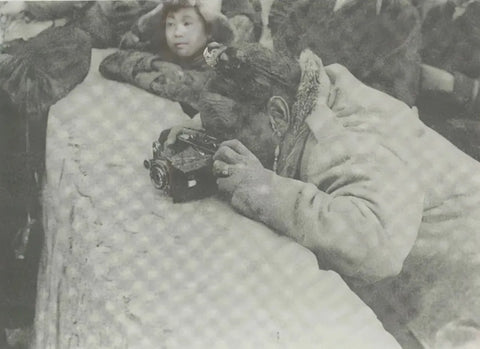
The photographer Tsarong Dazang Damcho was taking photos (1944).
In the 1950s, with the establishment and publication of Xinhua News Agency, People's Daily, and various local newspapers, a group of professional news photographers began to leave their footprints in Tibet.
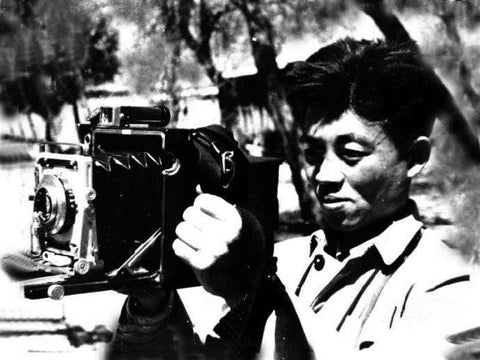
The photographer Chen Zonglie from the Tibet Daily (1956)
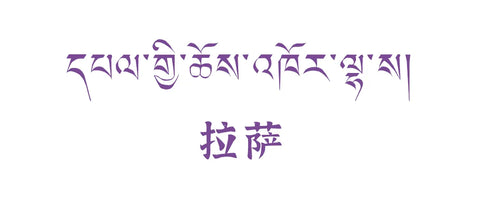
Lhasa
Our narration always revolves around this ancient city known as the City of Good Fortune(དཔལ་གྱི་ཆོས་འཁོར་ལྷ་ས།) - Lhasa. As the central hub of the former Tibetan region, Lhasa is embraced and nourished by the moist monsoon winds of the valley. This has given birth to a unique urban culture and tradition.
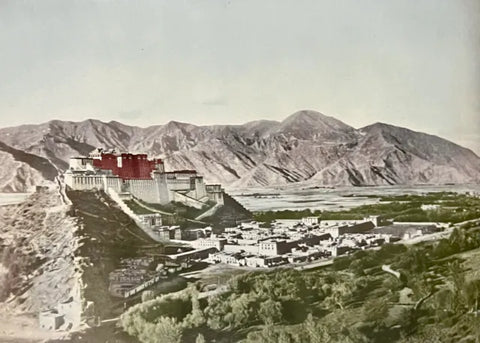
Potala Palace and Norbulingka Palace
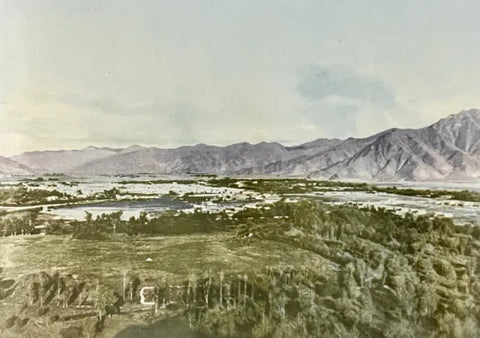
Lhasa City
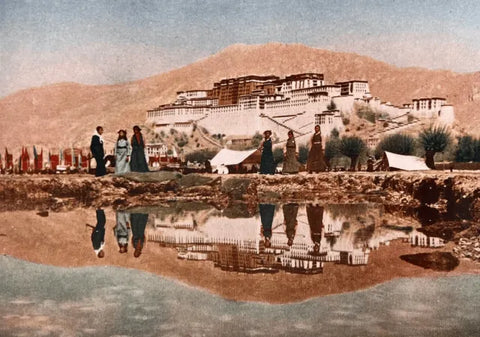
Potala Palace
The small river in the picture originates from the east of Lhasa city, flows south through the city to under the Lulupu Bridge, then flows in front of the Potala Palace, along the contours of the Medicine King Mountain, and slowly enters the Lhasa River from the west of the city.

Potala Palace
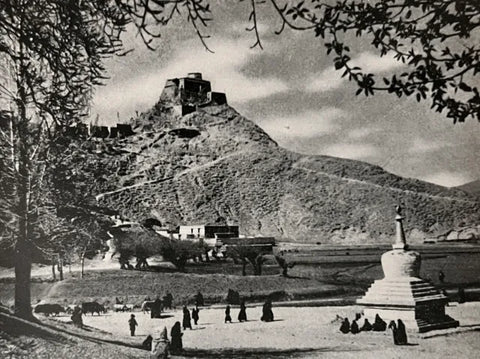
Yaowang Mountain and Lizhong Tibetan Hospital

Dragon King Pool

South Street of Barkhor Street
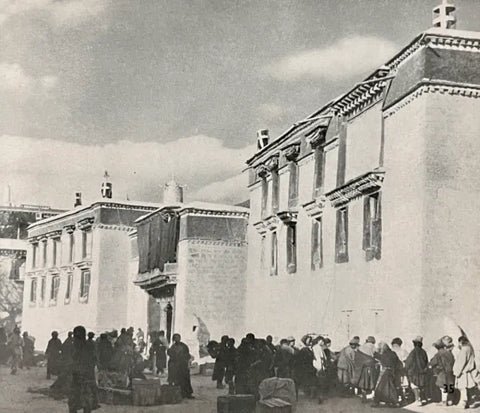
Distant view of Jokhang Temple

The close-up view of Jokhang Temple and Tang Willow(ཇོ་བོ་དབུ་སྐྲ།)
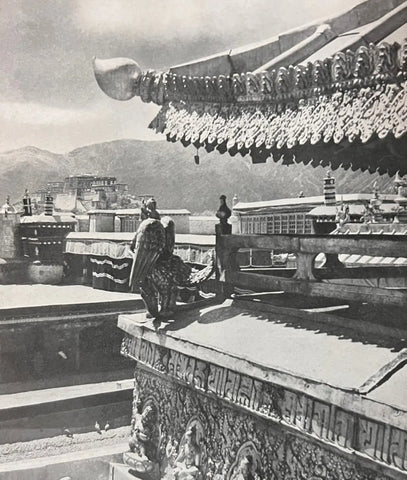
The Golden Roof of the "Dharma King Hall" at Jokhang Temple.
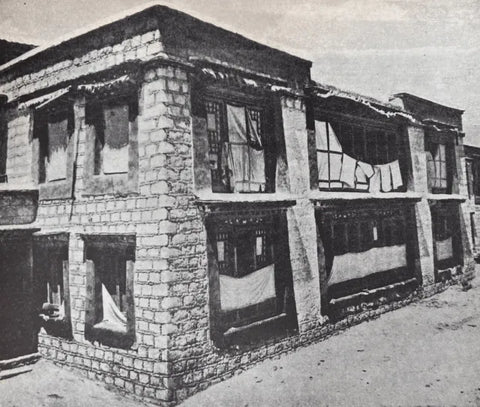
Menzikang (Medical Billing Department)
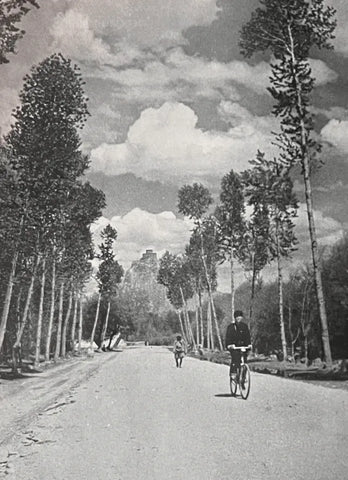
The road leading from the Potala Palace to the Norbulingka Palace.
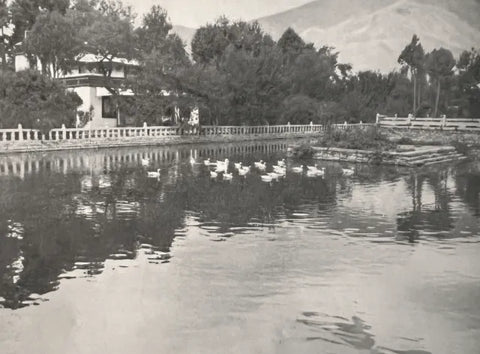
Lobrinca holds the boat palace(གྲུ་འཛིན་ཕོ་བྲང་།)
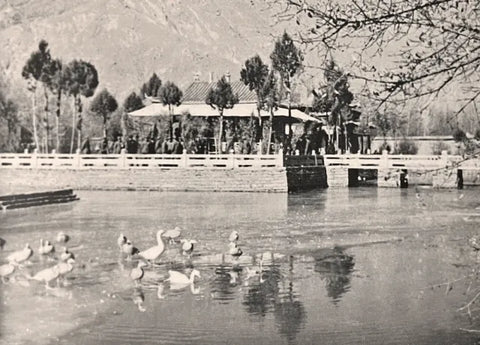
Roblanka Tiancheng Garden (Lake Heart Palace)
We always refer to this palace, rich in the atmosphere of Han Dynasty gardens, as "Lake Heart Palace" (མཚོ་དཀྱིལ་ཕོ་བྲང་། 措吉颇章), but its official name is "Heavenly Garden" (ལྷུན་གྲུབ་དགའ་ཚལ། 伦珠噶采).

Gardens along the Lhasa River

Philosopher Temple

Sala Temple
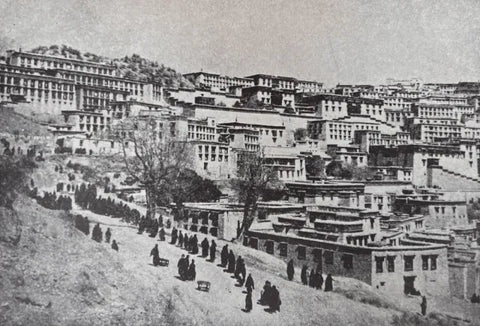
Gandan Monastery
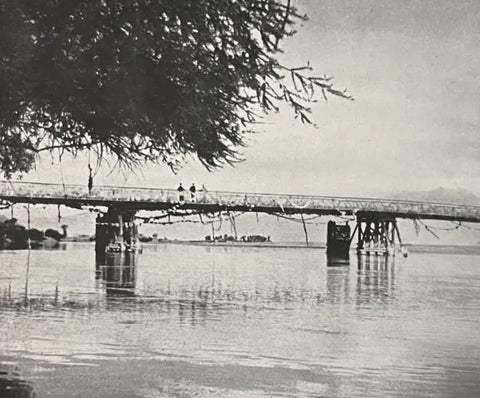
Lhasa Bridge
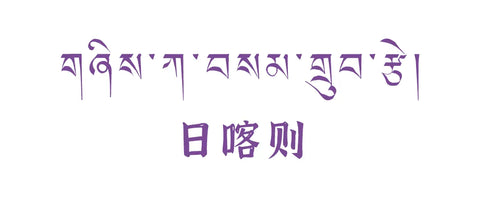
Shigatse
Patzhuk Situ Strong Dzambhain Zang (སི་ཏུ་བྱང་ཆུབ་རྒྱལ་མཚན།)
When establishing this monastery
The most sincere wishes
"May all wishes be fulfilled"(བསམ་པའི་དོན་ལྷུན་གྱིས་གྲུབ་པ།)
Were incorporated into her name
Over more than seven hundred years
She has nourished the land of Tibet like Situ's wishes
When establishing this monastery
The most sincere wishes
"May all wishes be fulfilled"(བསམ་པའི་དོན་ལྷུན་གྱིས་གྲུབ་པ།)
Were incorporated into her name
Over more than seven hundred years
She has nourished the land of Tibet like Situ's wishes
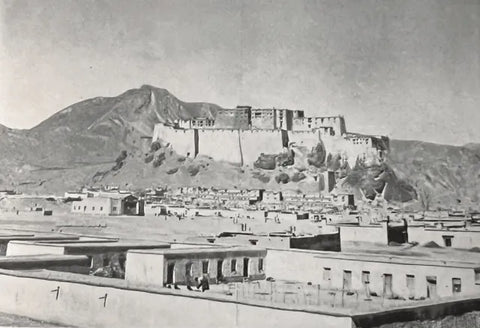
Sangzuzi Zongbao
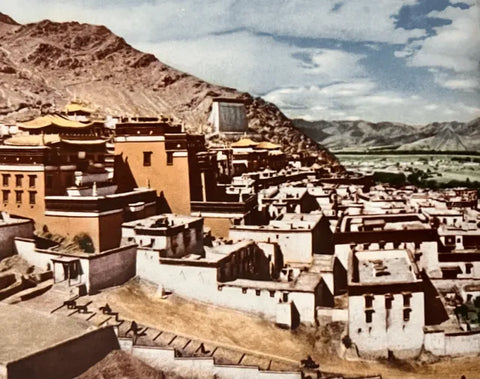
Zhashenlunbu Monastery
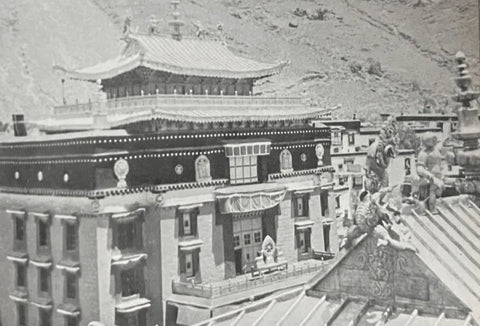
Zhashilunbu Monastery close-up view
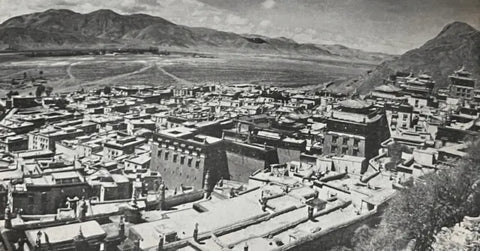
Distant view of Zhashenbuzi Temple
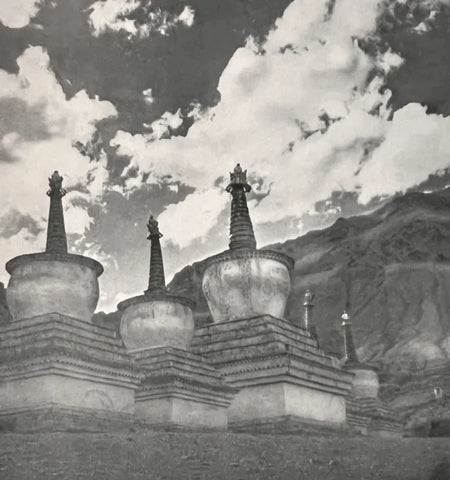
The pagoda of Zhashunlunbu Temple
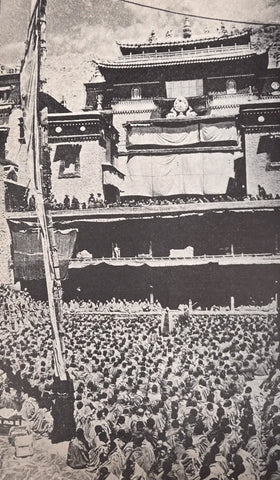
Zhashenlunbu Temple Coqen Hall Outer Courtyard

Murals of Zhashenlunbu Monastery: Offering to Celestial Maidens
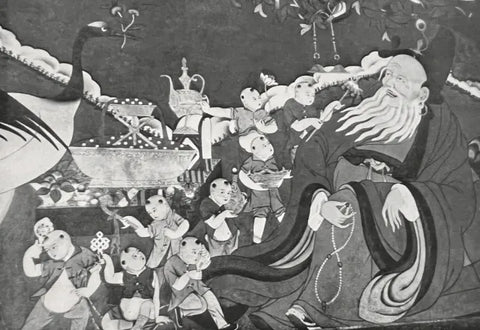
Mural at Zhashenlunbu Temple: Six Longevities
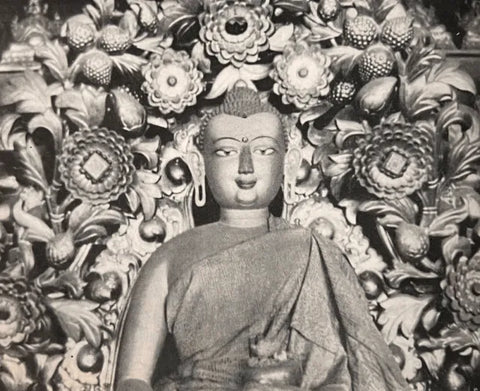
The statue of Shakyamuni Buddha in Zhaibutsunb Monastery.
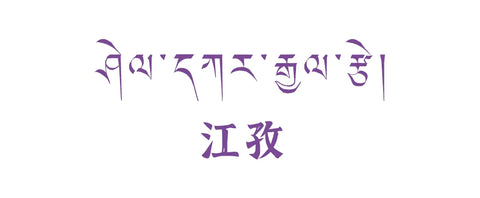
Jiangzi, known as the "Crystal City"(ཤེལ་དཀར་རྒྱལ་རྩེ།), is one of the four major commercial towns in Tibet. When travelers see the magnificent stupa of the Palkhor Monastery, they can truly feel that the hardships and exhaustion of the journey were not in vain. This is also the forefront of contact with foreign civilizations in Tibet. Daz, Ronghepeng, Tuqi... People from afar have also left unforgettable memories here.
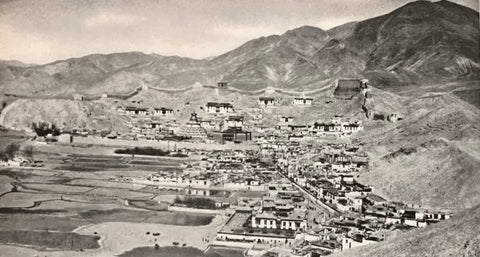
The distant view of Jiangzi
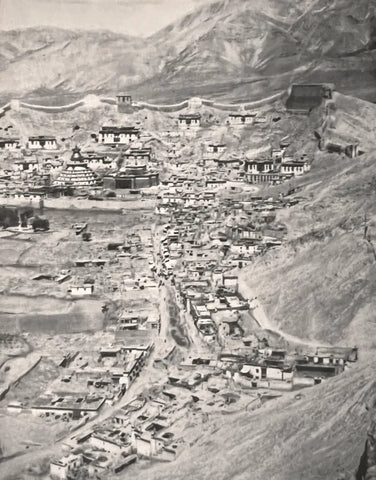
The distant view of Jiangzi
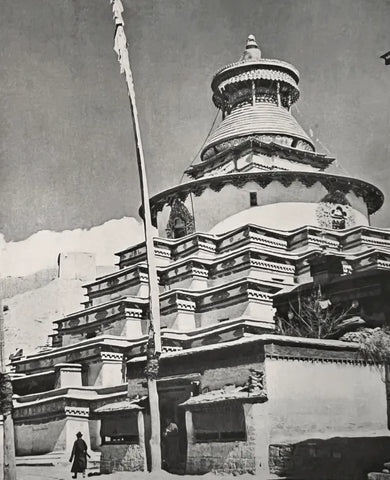
Baiju Temple Yixiang Dumen Pagoda
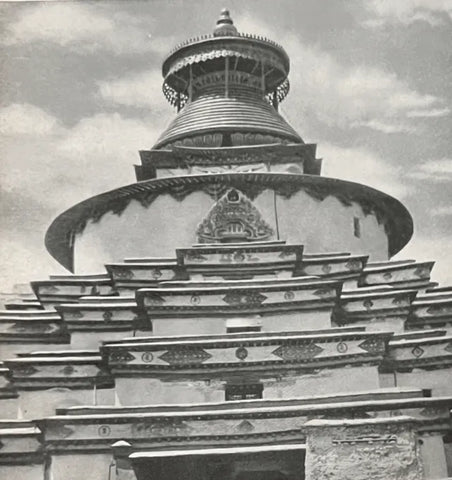
Baiju Temple Yixiang Dumen Pagoda

The Jiangzi Zong Fortress fell into ruins under the bombardment of the British-Indian expeditionary force.

